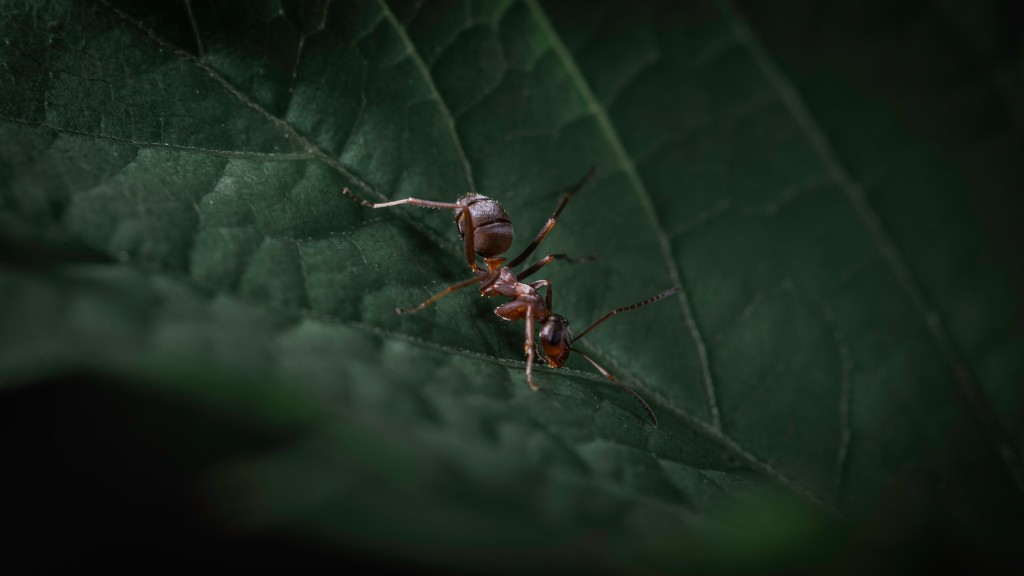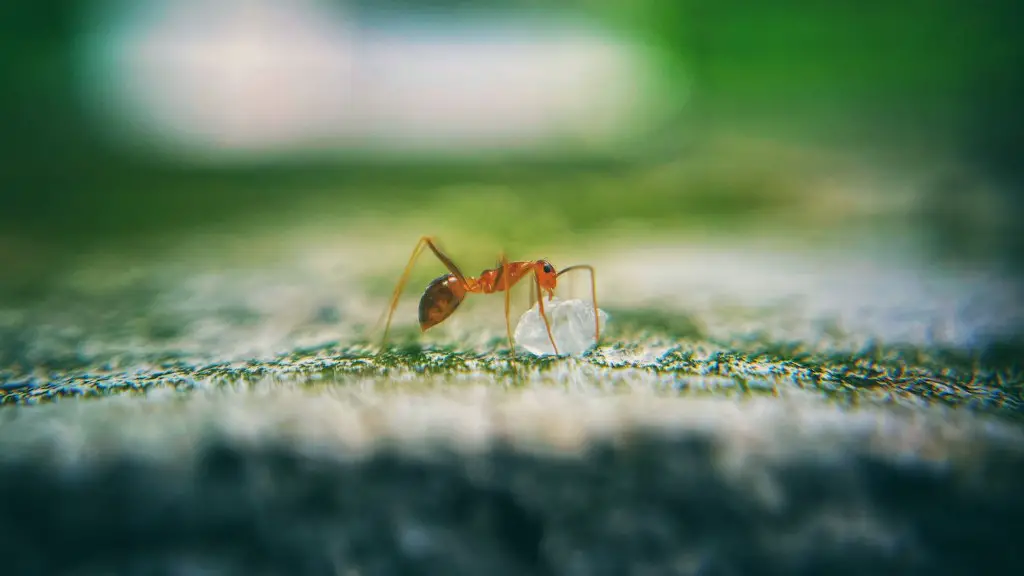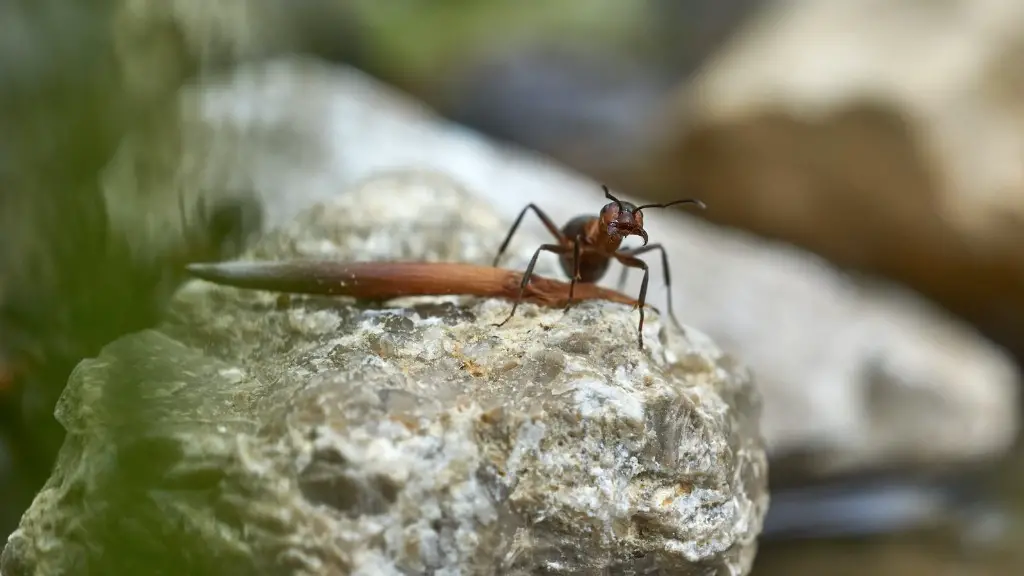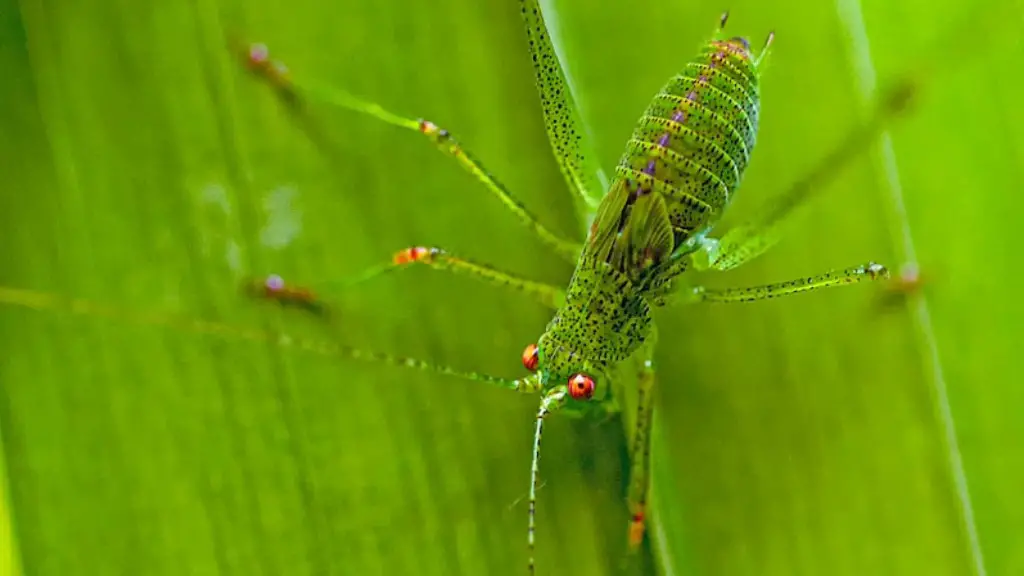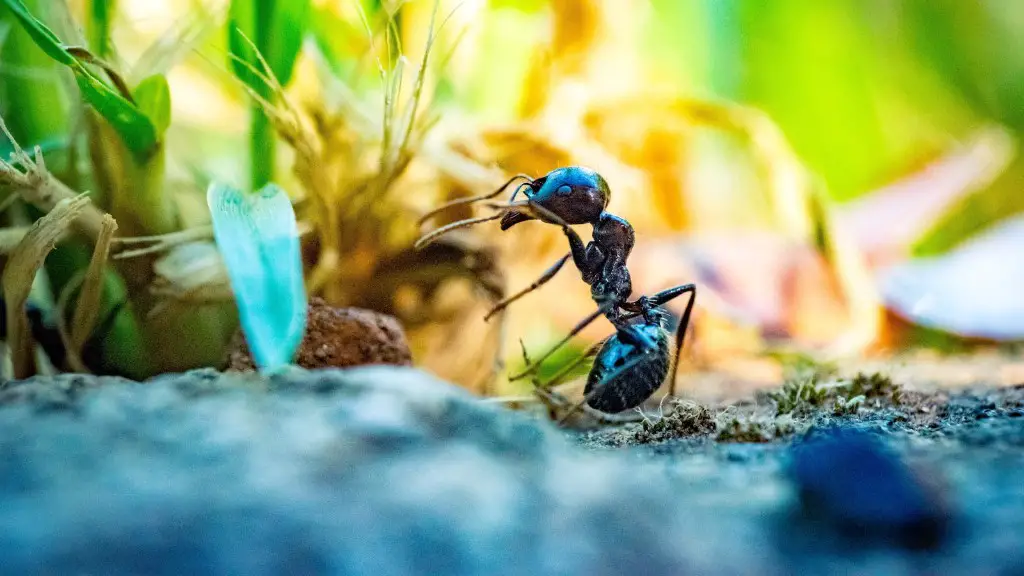How Do Ants Survive the Winter?
When most animals are hunkering down to prepare for the chilled winter months, ants must face the challenge of not just surviving the cold temperatures, but of continuing the life cycle.
In most parts of the world, ant colonies survive the winter by hunkering down in the same spot they have occupied throughout summer and fall. There are species of ants that don’t migrate seasonally and instead remain in place for the entire year. For example, fire ants in the US don’t migrate; they travel deep into the soil and wait for the warm weather to return.
It takes a village to help an ant community survive winter. During their preparation for the colder months, the ants feed and hydrate themselves with enough energy to sustain. And within the temperatures of their environment, they huddle up together. Amazingly, their huddling behavior sends heat waves among the group that helps regulate the air’s temperature.
Some ant species have seasonal colonies and form nests when temperatures get warmer. During the winter, they break down their nest and the last living ants will use their wings and fly away in search of a new location.
Like other small insects, ants’ bodies don’t retain heat very well, so most of their survival tactics involve seeking and obtaining warmth. To successfully stay alive and hibernate, ants have evolved to orient their bodies by anything that emits heat, such as heated tree branches, animal habitats, and heated shelters.
In some climates, like the desert, the ant’s winter strategy is slightly different. In warmer areas, ants can come up from their winter burrows during the winter and start getting active to find food. As the climate is less harsh, the ants don’t need to travel too deep underground so they can avoid the coldest temperatures.
In order to ensure the colony’s survival, ants must avoid cooler environments, but they also need food to survive. Forage activities in the winter require that ants look for food sources or wait until spring when vegetation returns. They also employ techniques such as harvesting in the summer and storing food resources that can last through the winter.
Unique Adaptions of Ants in Harsh Environments
Ants are highly adaptable to cold climates and sometimes rely on adapting to harsh environments to sustain themselves. Harsh environments can mean extreme temperatures, limited food resources, or even barren habitats. In severe climates, ants form ant balls to protect themselves from the cold temperatures. They simply move together in large groups, wrap their wings around the body and create a ball-like structure to trap heat and keep themselves warm.
In places with very cold temperatures, some species of ants perform “endothermy”, or the process of warming up their bodies against the cold. To do this, the ants enter a state of torpor, slowing down their metabolism and reducing the amount of energy and heat produced. This helps them stay warm without having to use up their stored energy.
In some parts of the world, ants survive the winter by going through extreme size changes. An example of this is ants in colder parts of the world which can shrink their abdomens by up to one third of the size. This helps them keep the heat close to their vital organs and helps them survive in even the harshest of climates.
Ants vs The Winter
Ants typically spend the winter months in survival mode. They slow down their activity and take extreme precautions to prepare for colder temperatures. Their immense adaptability to harsh climates, as well as their social nature, helps them find and store food, stay warm, and start building colonies in time for spring.
The nests and colonies of some ants can be seen migrating during certain winters, most commonly during chilly and damp periods. The queen and her workers travel together in an orderly line and search for a suitable place to settle. This could be anything from a hollow tree or a warm crack in the soil, or even an abandoned mountain shelter.
It’s remarkable how ants can survive the winter, even when the temperatures plummet lower than many other animals can withstand. Despite their small size and limited resources, ants have evolved to face the winter months with impressive strategies.
Responses of Indigenous Peoples to Ants in Winter
In some indigenous cultures, ants are respected and revered for their ability to survive the winter and sought after for their abilities to provide sustenance when food is scarce. In certain traditions, the migrating of ants is considered a sign of an upcoming cold winter.
In these cultures the ants are seen as spirits of the earth, and the laws of nature. Many believe ants to be a representation of nature’s unwavering commitment to survival, and of patience and understanding when dealing with life’s challenges.
In many cultures, ants are seen as a sign of renewal and new beginnings, and a reminder to stay resilient in the face of any struggle. And so, it has engrained itself into many traditions and beliefs that the migrating of ants can give us hope when the days get long and the nights get cold.
Impact of Climate Change on Ants
The climate crisis is drastically changing the way that ants survive the winter. Global warming has resulted in rising temperatures and more unpredictable patterns in weather, making it more difficult for ants to plan for the cold months.
Ants have adapted over time to colder climates, and as the climate continues to change, ants may have to migrate to entirely new regions or find more permanent burrows to survive. Scientists have also discovered that climate change has decreased the size of ant colonies by up to 30%, and that ants in some regions make shorter migrations compared to those in warmer climates.
The climate crisis is having a significant impact on the survival of ant colonies, and as a result, there has been an increase in the number of ant species that are both threatened and endangered.
Conclusion
Ants are an incredibly hardy species that have adapted to survive in even the harshest winter climates. They shelter, migrate, and hibernate in order to make it through the coldest months and come back full of life in the spring. In warmer climates, ants are still able to find food sources even in the winter, while in colder climates they must rely on their adaptations and their ability to store food during the summer months.
But as temperatures continue to rise as a result of human-induced climate change, ants are being forced to completely change the way they survive the winter, threatening their colony’s health and sustainability. This is yet another example of the devastating impacts of climate change, and of the need for us to take action now for species of all shapes and sizes.
